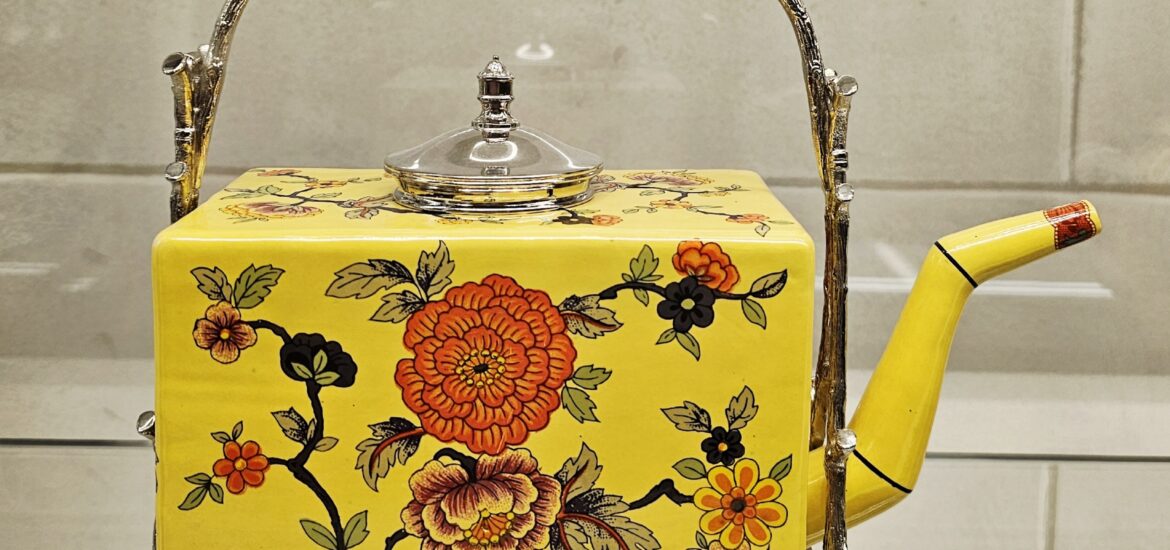
Figure of a rabbit (Japan, Arita, c. 1700) in the Gardiner Museum
[This is a continuation of my Canada October 2025 posts]
The great thing about most cities is that there is enough enthusiasm and support for all sorts of museums, whatever your interest. I had made an initial list of museums to visit in Toronto, but dropped a few as the days passed. This was a) to leave something for the next trip and b) to factor in some rest, as we were also busy meeting up with our extended family.
Here are some notes on three of the small museums we visited. We also visited the much bigger Royal Ontario Museum (ROM).
When I was growing up in Malaysia, all schoolchildren wore regulation white Bata lace-up shoes to school. These had flat rubber soles with white canvas uppers/ tops. At the end of the school week the shoes were scrubbed by hand using a stiff plastic brush with water and Vim scouring powder. Dried in the sun, they were always bright and ready for Monday morning.
[A side story: in primary school we had to learn the Arabic alphabet and I had no aptitude for this. Unfortunately there were tests involved. I was nine years old and between me and the boy sitting next to me, we had to cook up some method to remember the words. The first three words of the Arabic alphabet (read from right to left) are ا , ب , ت and pronounced alif, baa, taa. So we got that far because everyone remembers the first word alif and then our school shoes helped us with the second and third words. How we remembered the rest of the alphabet is another tale for another day.]
The door handles to the Bata Shoe Museum feature a turn of the 18th century English riding boot
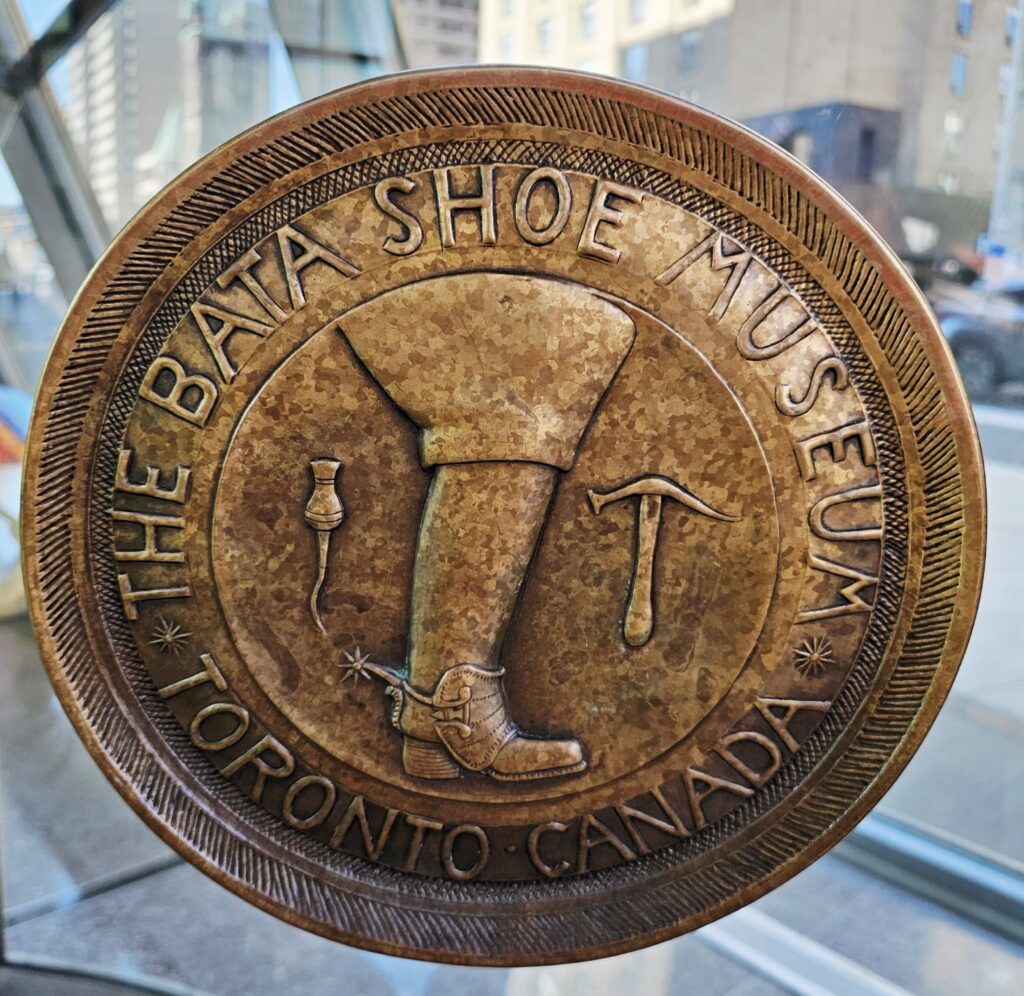
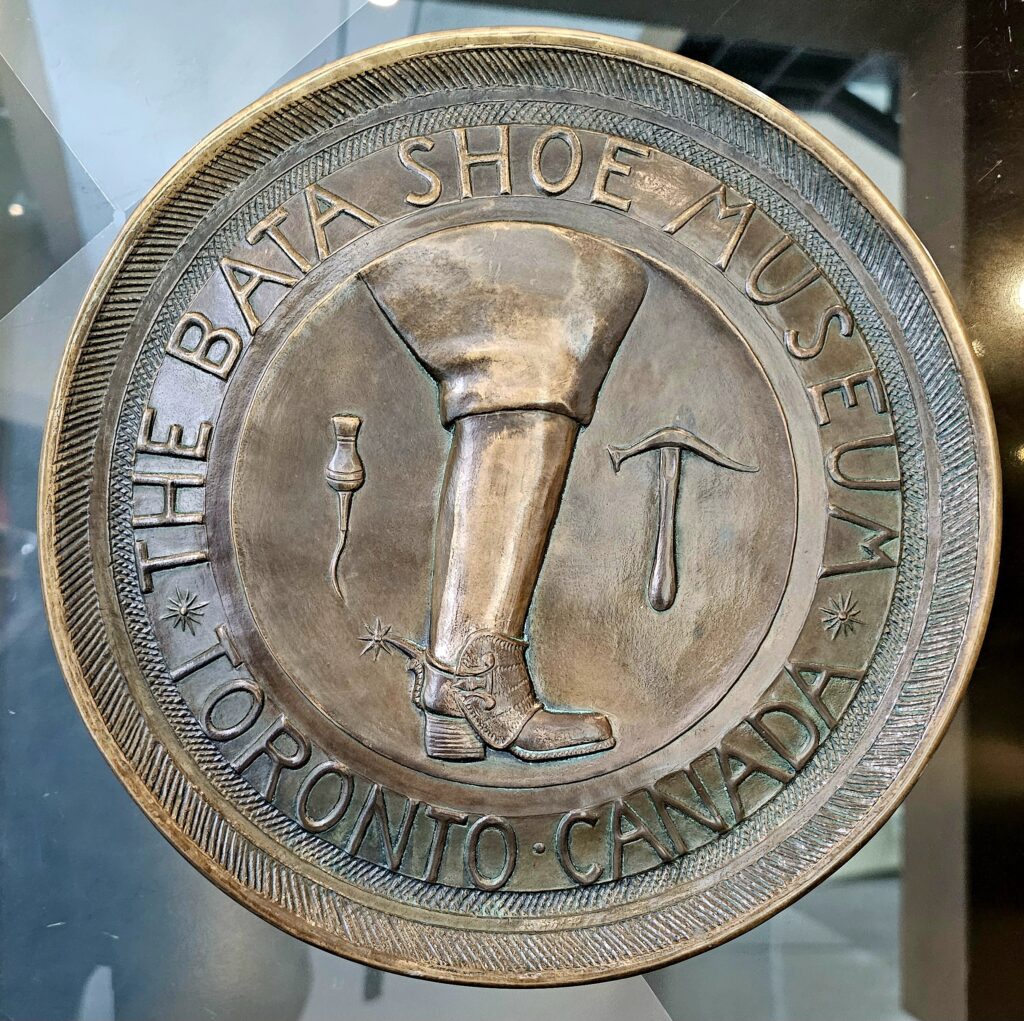
The thing about Bata is that, contrary to what I always thought, it is not a Malaysian company. Its origin lies in Czechoslovakia (now the Czech Republic and Slovakia) and it has a long history.
With memories of my school shoes, I had to visit the museum. There is a permanent display and also changing exhibitions, all based on the museum’s collection of around 15,000 shoes and related objects. Below are some unique shoes I have never seen before.
A (spare) space boot from the Apollo Space Program, made for the astronaut Jim Lovell
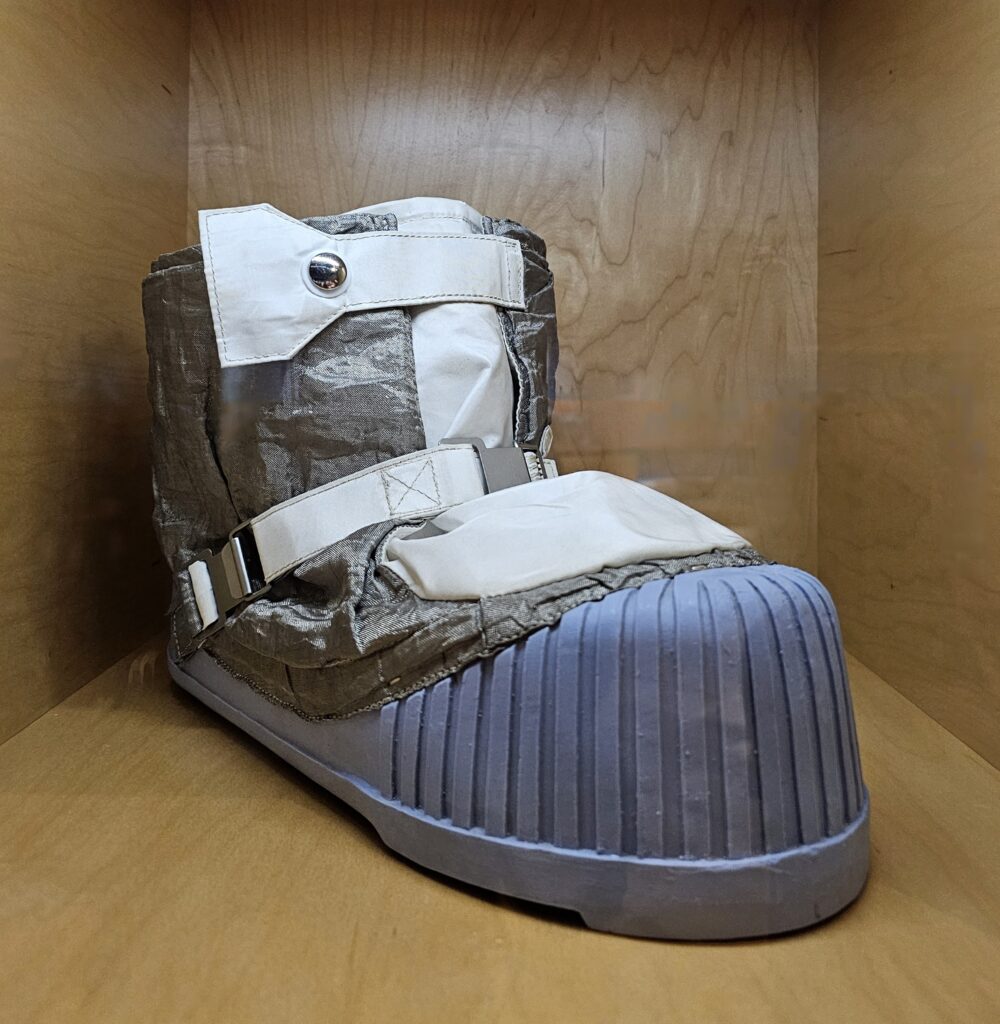
This evil looking contraption is a chestnut crushing clog, worn in 19th century France (Auvergne region) for shelling chestnuts
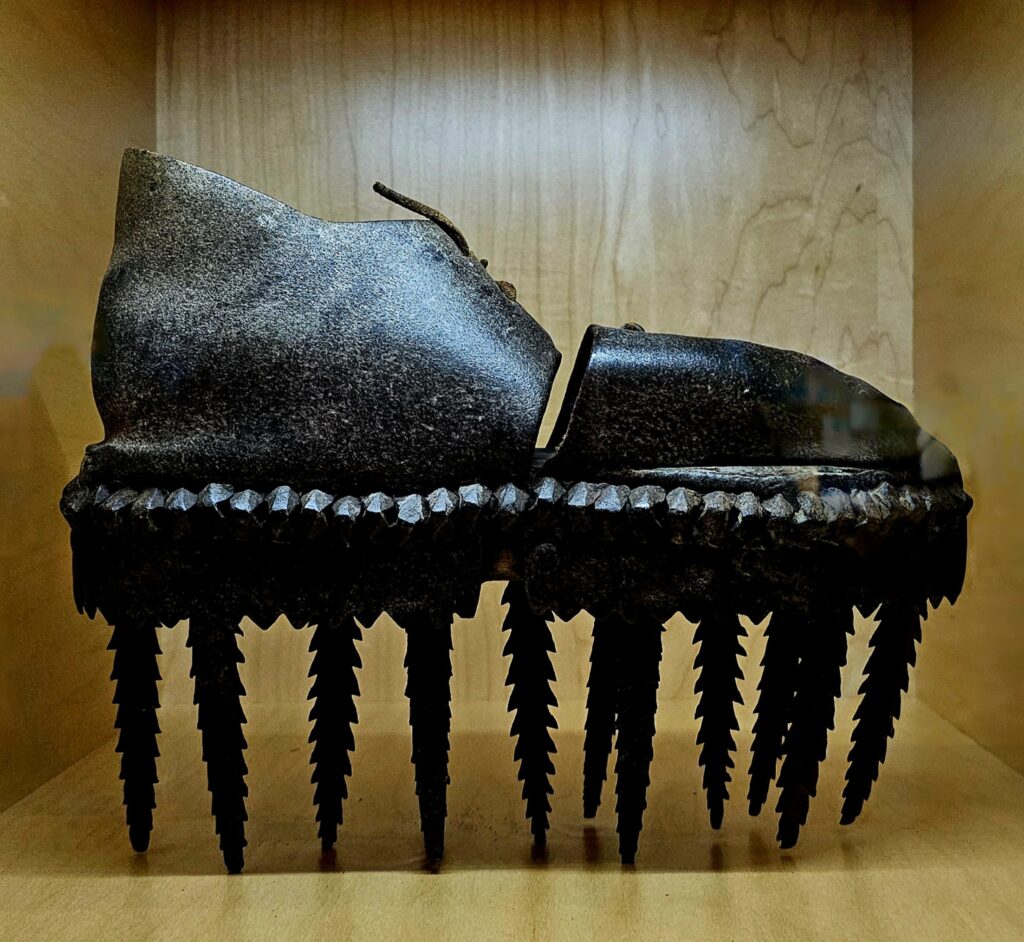
A cow recuperating from an injury or surgery can wear this securely fastened rubber boot to protect its foot
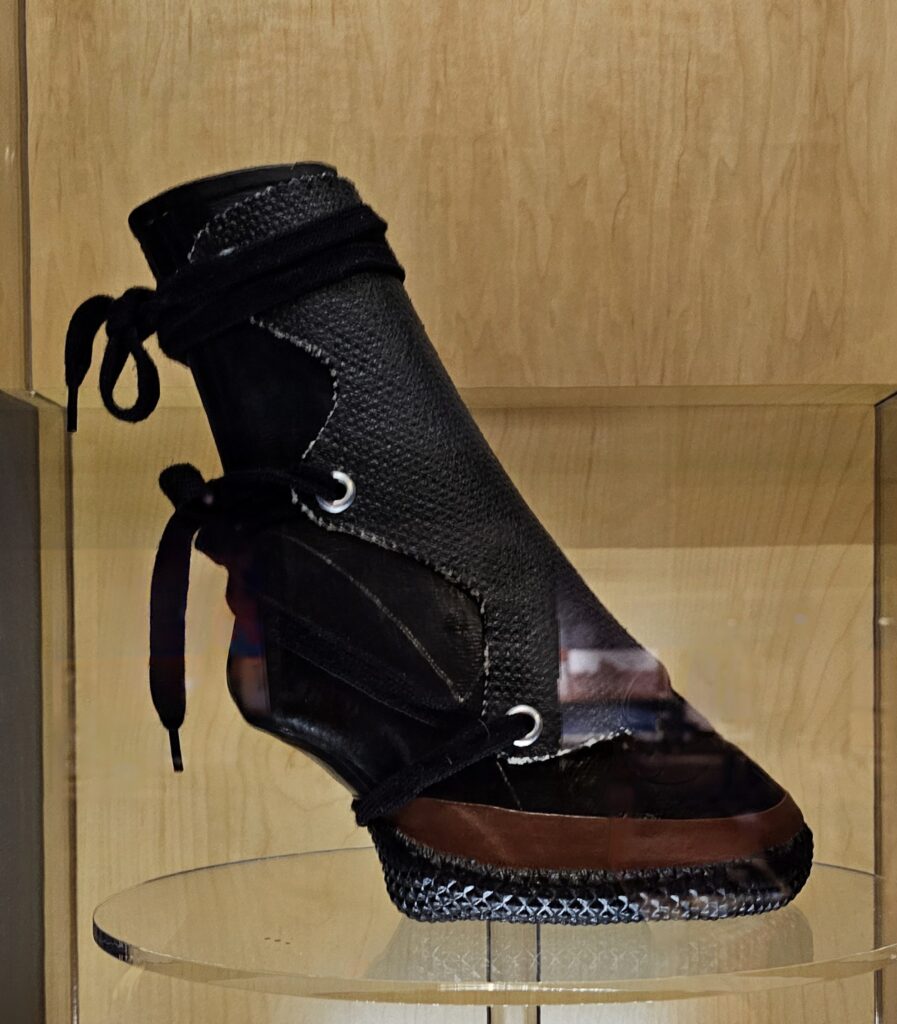
From the exhibition Rough and Ready: A History of the Cowboy Boot


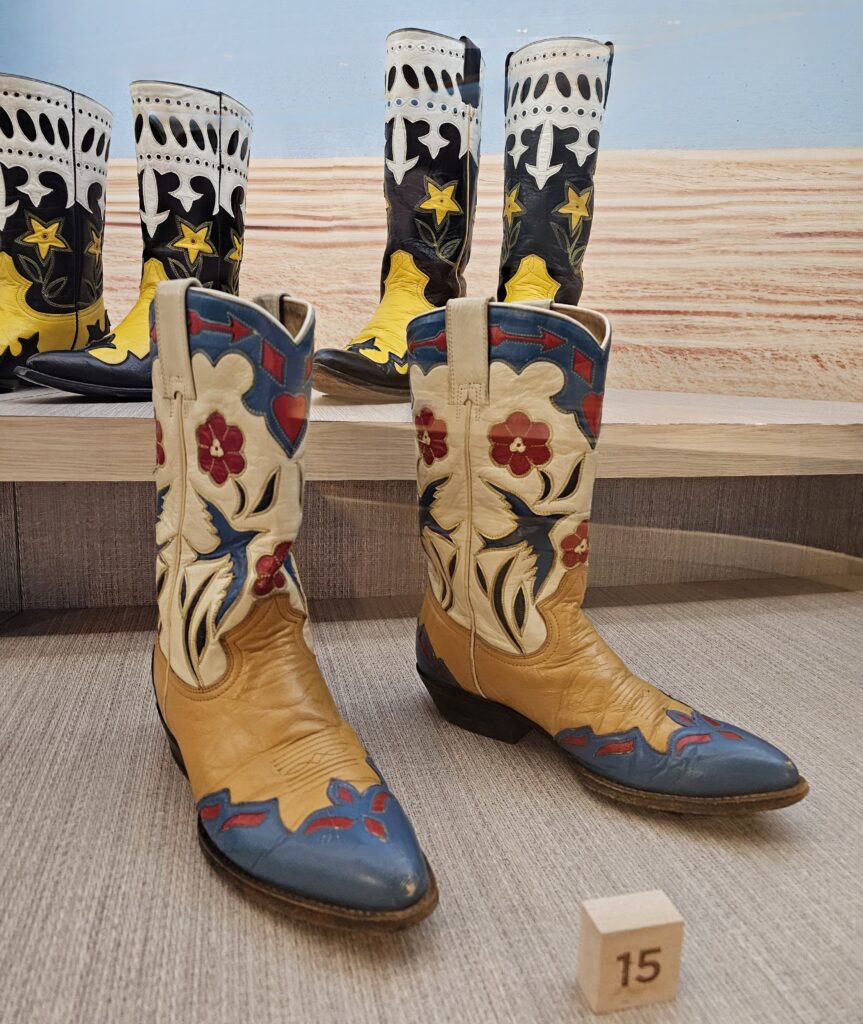
A pair of Elton John’s 1970s silver platform boots. More on the museum’s past exhibition Standing TALL: the Curious History of Men in Boots here

This museum is a delight for anyone who likes ceramics, and I would happily visit again. A short history of the collection is here, and their Clay Restaurant is a popular place for a bite to eat.
There was so much to see, and I really enjoyed looking at the shapes, designs and colours on each dish, plate, bowl, teapot, cup, saucer, jar, pot, ornament. There is no limit to human inventiveness when it comes to forming something out of clay/ the earth.
The items below reminded me of the reason for this trip i.e. to help my cousins celebrate Toronto Uncle’s 95th birthday. In Far Eastern culture, peaches and cranes are symbols of longevity.
Dish with a double peach design (Japan, Arita, c. 1660-70, top) and dish with nine peach design (Qing dynasty, 1723 – 35, bottom)

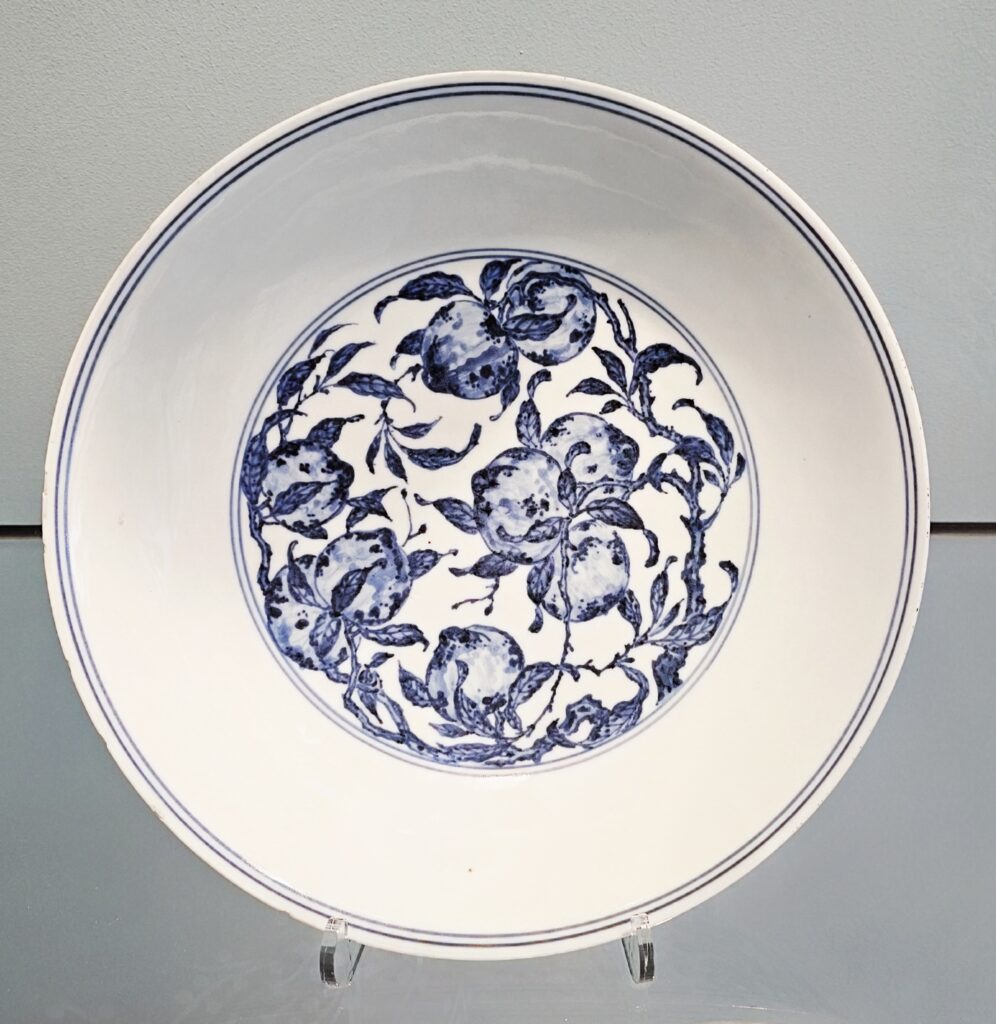
Plate and teapot with crane design (England, London, c. 1745 – 55)


A reminder of Malaysia: plate with a banana leaf (Japan, Arita c. 1650) and a contemporary plate with an illustration of the Anopheles mosquito
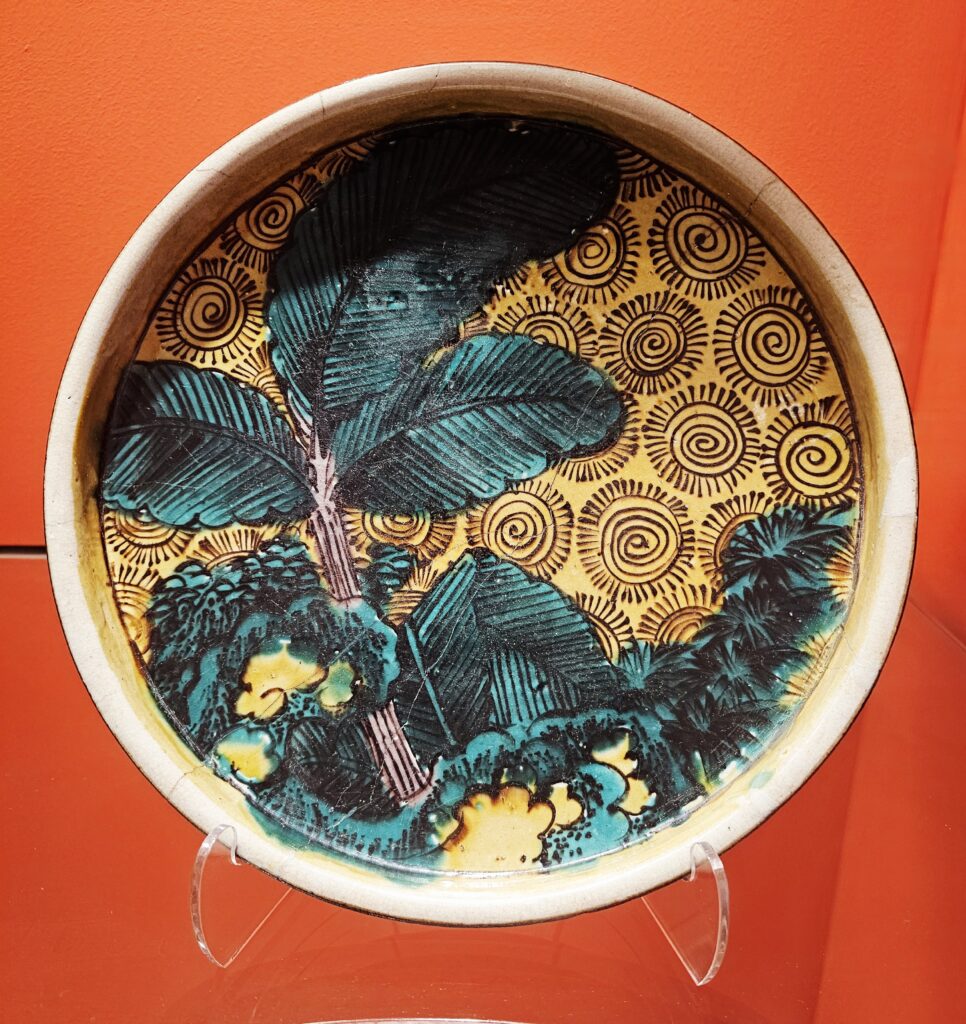
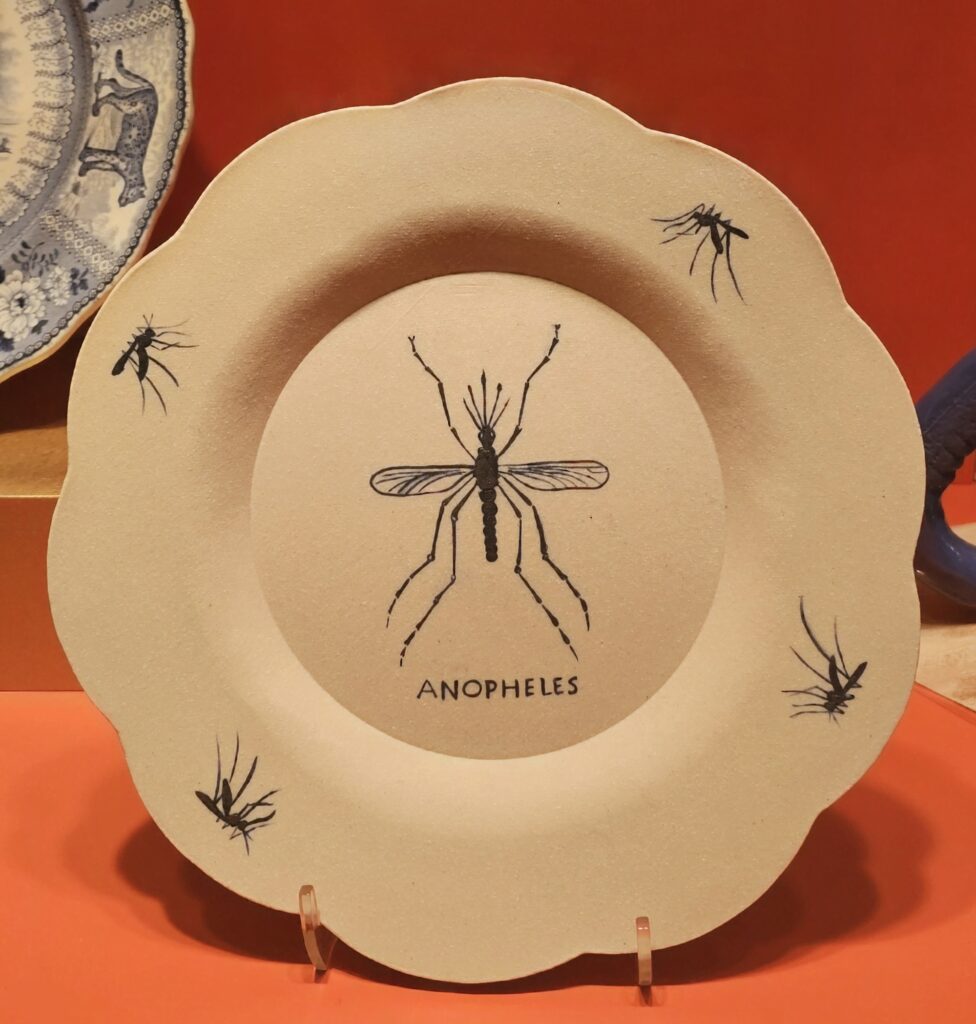
WONGAVERY ASIA PACIFIC PEACE MUSEUM
In contrast to the other museums, this museum’s theme is sombre and sad. As part of our history lessons as students, we learnt about the colonisation of Malaya by the British and Japanese. My parents were born in Malaya around 1940 and lived in that era. In my dad’s hometown of Malacca there are significant remains and influences from when the Portuguese and Dutch captured the city to establish their trading posts.
The displays in this museum bring everything together so we see a bigger picture. The idea behind it is so we remember that there was another ‘holocaust’ in another part of the world during World War II. There is a lot to take in here. The museum guides were engaging and personable, helping us navigate through galleries that deal with difficult subject matters.

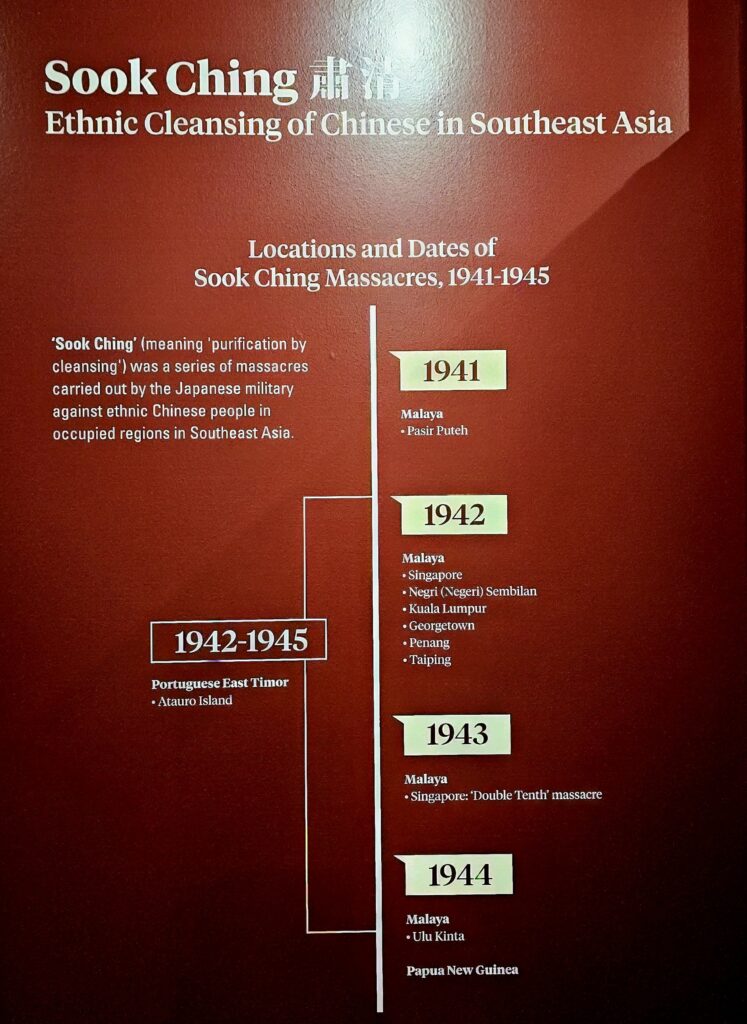
A copy of the Instrument of Surrender, dated 2 September 1945, which formalised Japan’s surrender in Word War II

The ROM will offer something for everyone, but it will only scratch the surface. In a nutshell, it has snippets of what you will find (as a Londoner) in the British, Natural History, Science and Victoria and Albert Museums.
My top tip for visiting the ROM is to spend the morning here, walk across the road for a visit and lunch at the Gardiner Museum’s Clay Restaurant, then return to ROM to finish seeing everything.
The Ancient Greeks had the right idea

A painted limestone relief from c 2400 BC, taken from the tomb of a high official. Ancient Egyptian writing (hieroglyphs) contained more than 1,000 distinct characters
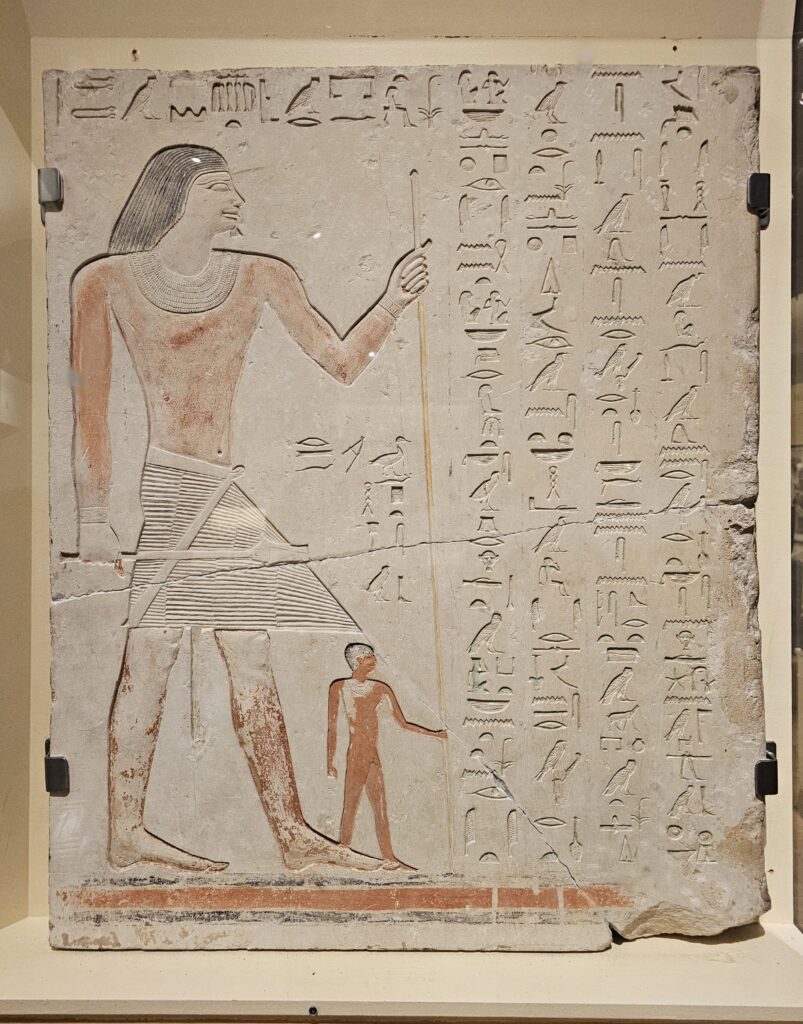
A temporary display of the skeleton of a mastodon (one tusk missing): Ontario is one of the best places to find mastodon skeletons in the whole of Canada
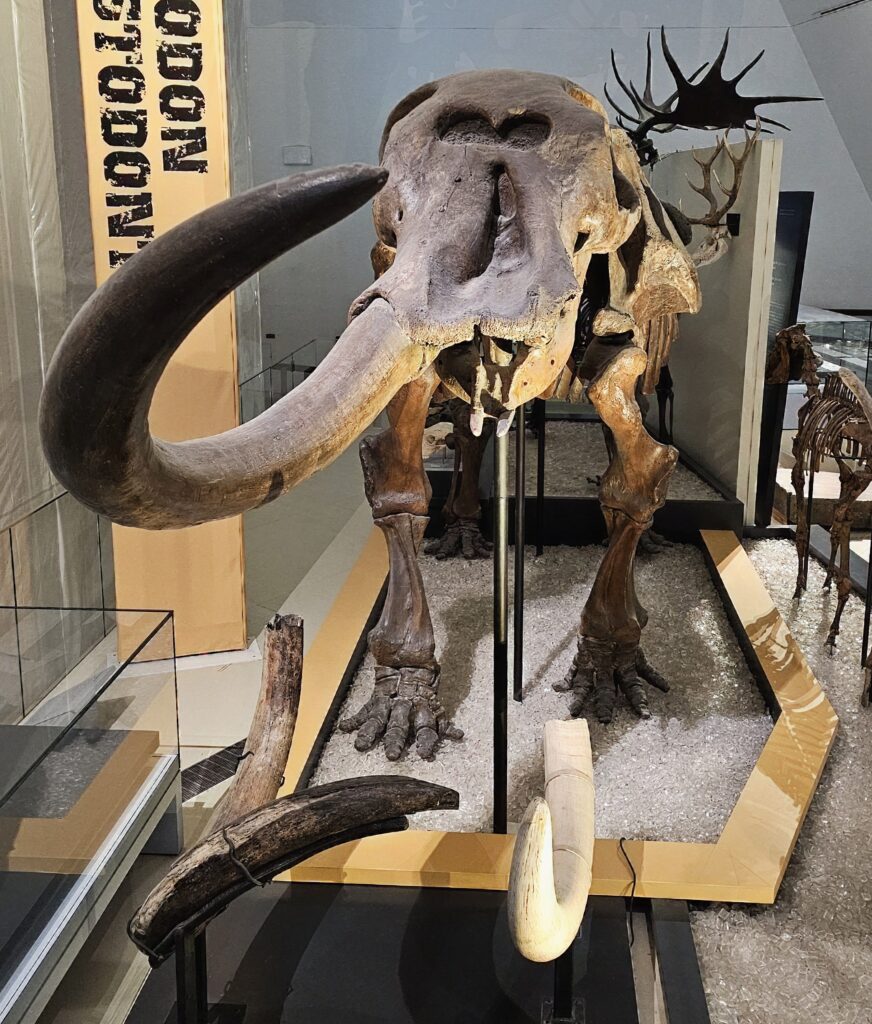
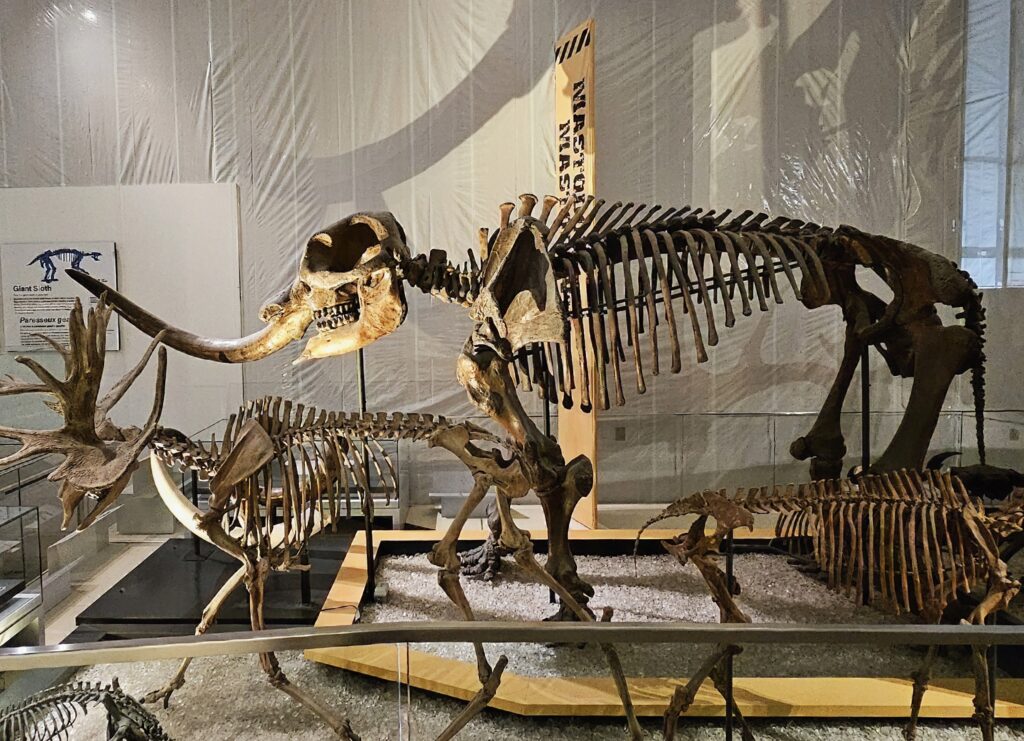
Our visit to the ROM brings the total number of museums visited in Toronto to five. We would later visit the National Gallery of Canada and the Canadian Museum of History, both in Ottawa, as well as Oeno Gallery’s Sculpture Garden in Prince Edward County. I will write about this in a future post.
The ones that got away: Aga Khan Museum, Art Gallery of Ontario (AGO), Fort York National Historic Site, Toronto Railway Museum. There may be others. As the Gilbert and Sullivan (The Mikado) song goes ‘I’ve got a little list’ for a future trip.
In the next post we revisit St Lawrence Market and take in a home-cooked lobster dinner.
